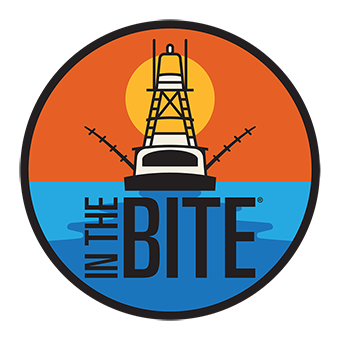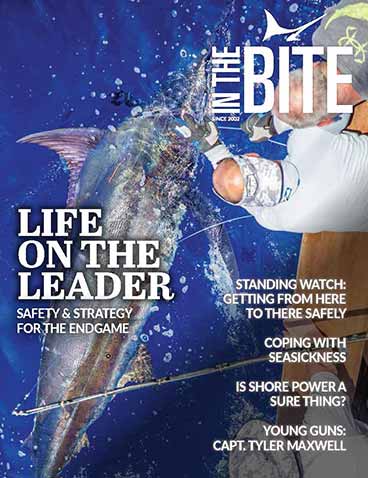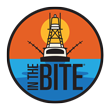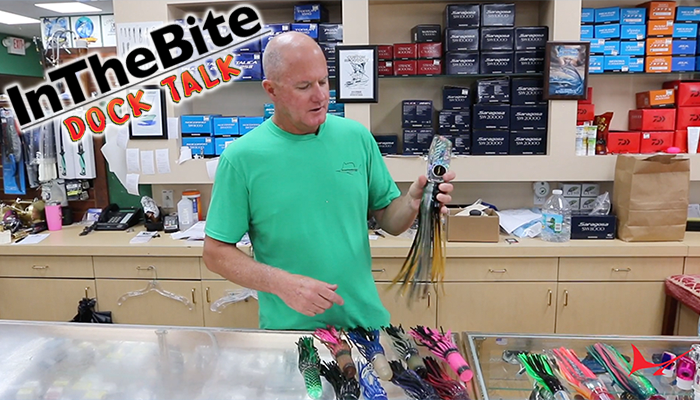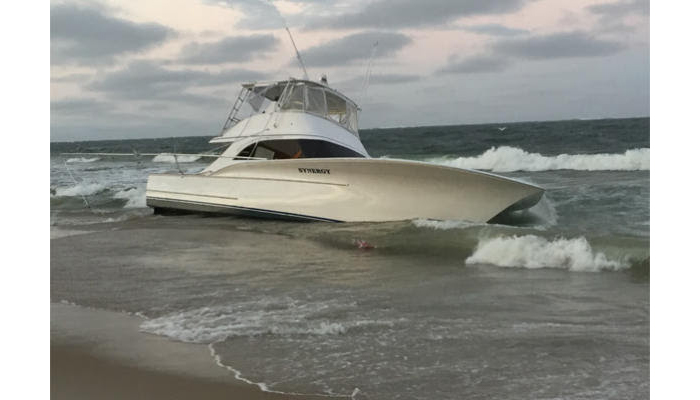InTheBite Dock Talk: Grand Slam Sportfishing Supply
Have you ever wanted to know the most popular lures used around the Bahamas, the Gulf of Mexico and the Mid-Atlantic? Take a minute and listen in to Grand Slam Sportfishing Supply owner Jim McGrath as he showcases the best lures for 2019. Lures include the recent World Cup and
